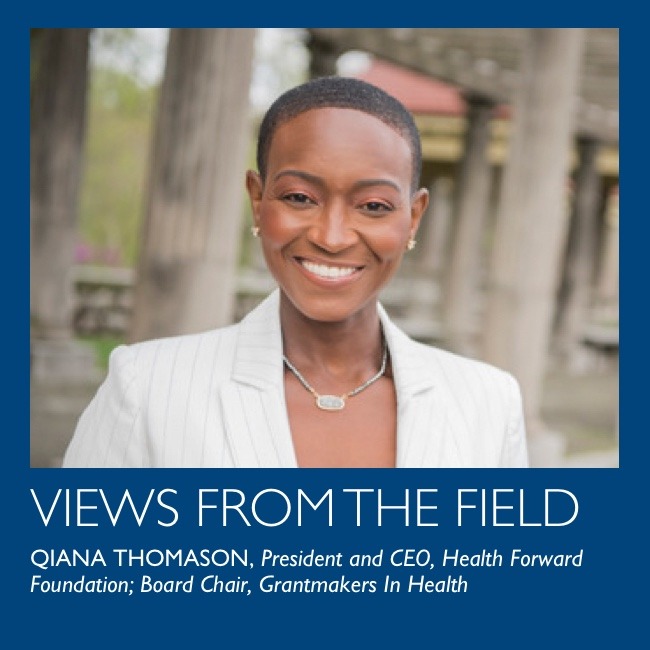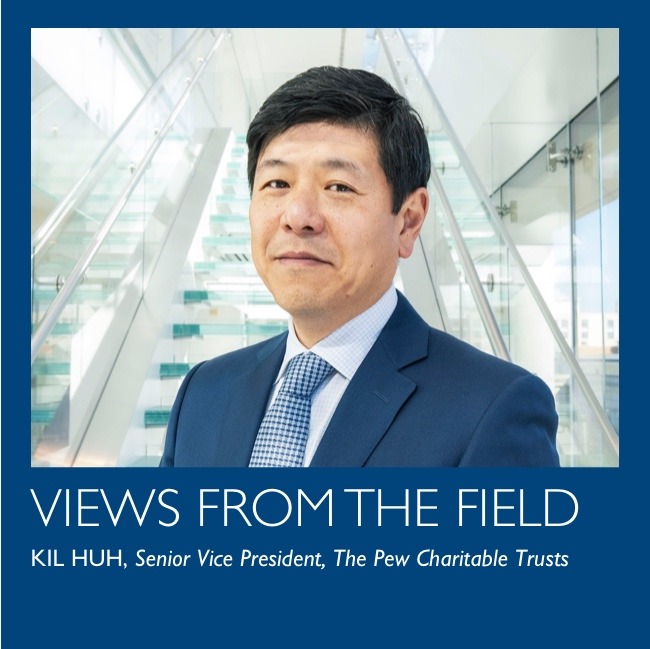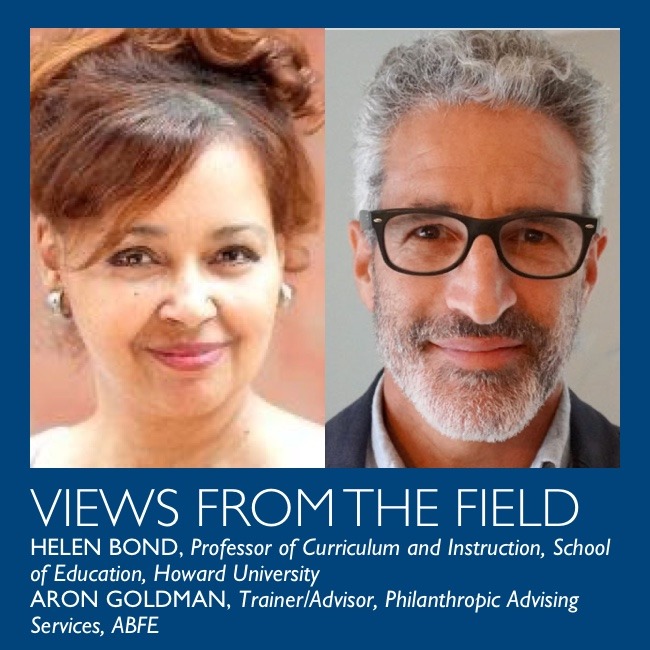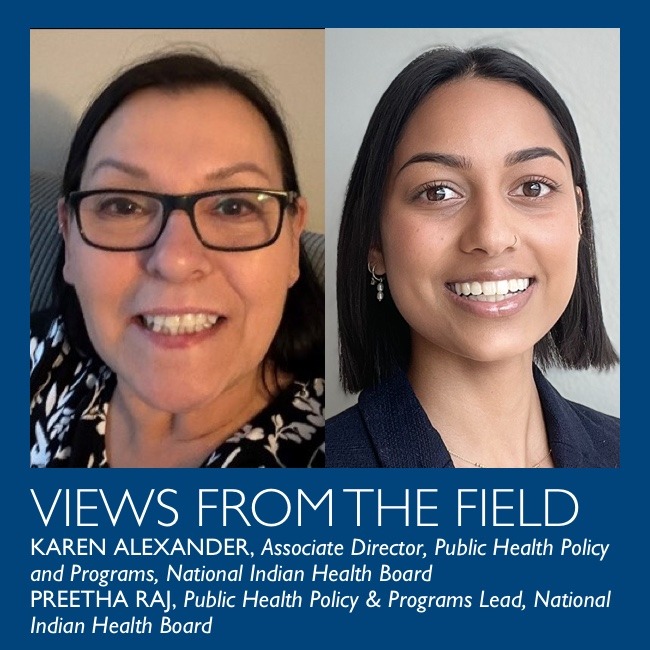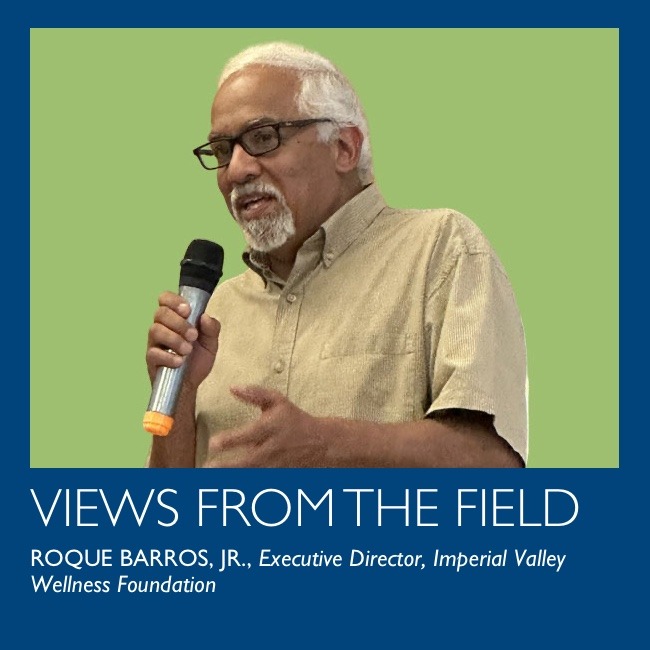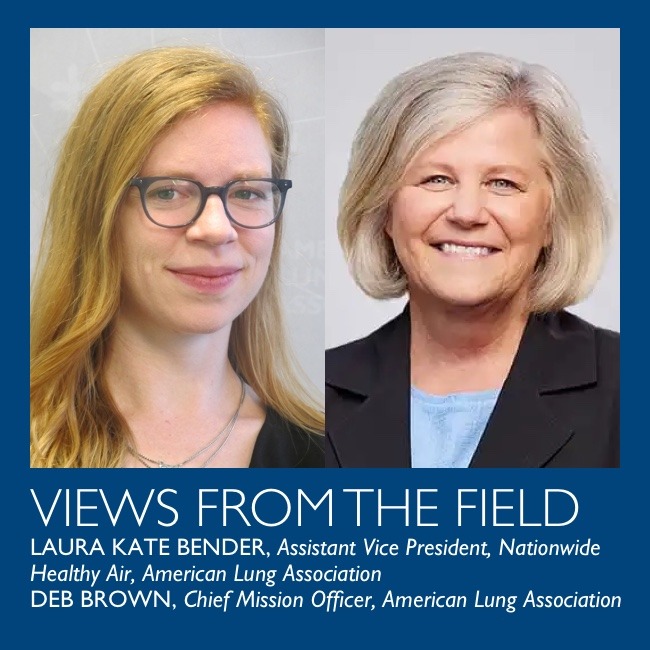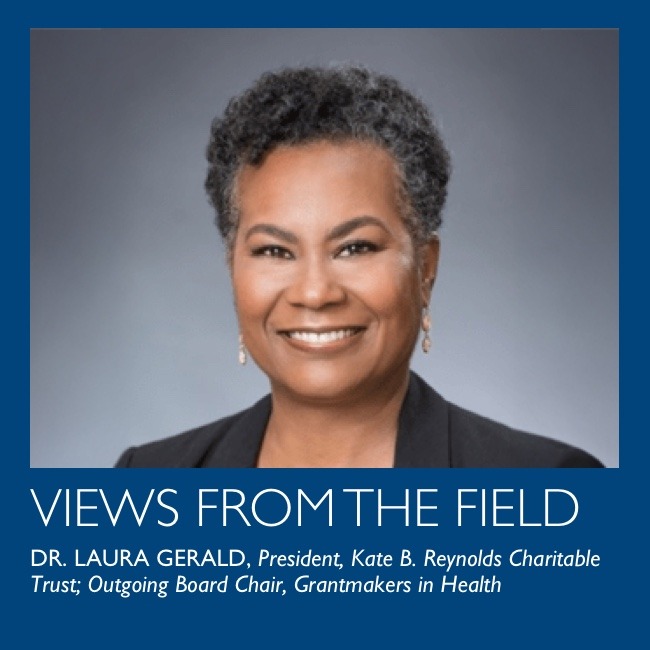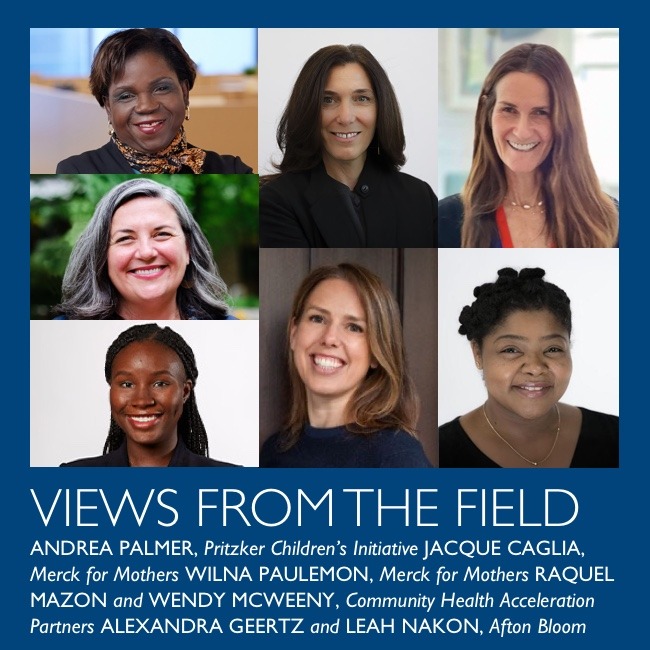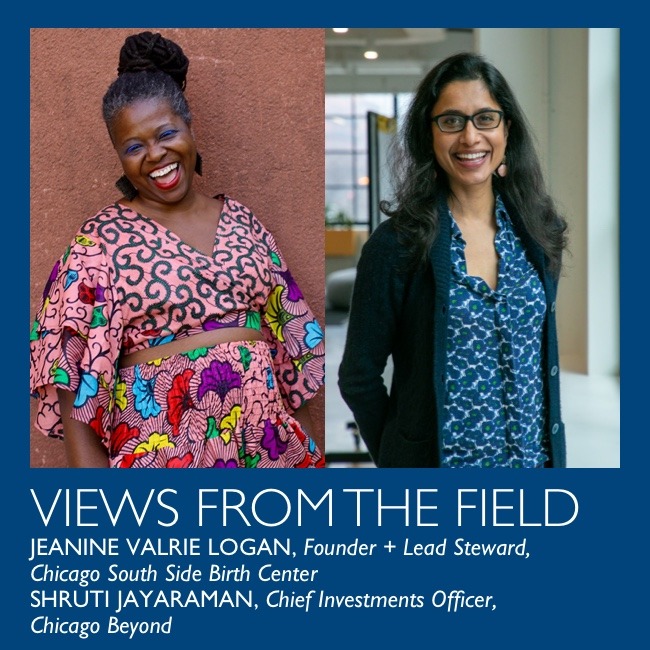Philanthropy, Stewarding a Just America
In a time of intensive action to dismantle policies and practices that protect the well-being of all Americans, where chaos is the principal strategy to overthrow the will of and care for the American people, philanthropy must remain rooted in what is legally and morally right.
How Pew Is Learning to Improve Health Policy
Antibiotics revolutionized medical treatment and are a cornerstone of modern health care. However, the global rise of antibiotic-resistant bacteria is making infections costlier and deadlier. After a 2008 report commissioned by The Pew Charitable Trusts highlighted these concerns, the organization invested in multiple projects to set limits on the use of antibiotics and to spur the development of new drugs.
The Value of Convening Grantees to Navigate Uncertainty Together
In moments of chaos, it’s natural for nonprofits to feel uncertain—unsure of what’s next and how to move forward. But uncertainty can also be a powerful catalyst for connection and action. During the COVID-19 pandemic, The Healthy Food Community of Practice doubled down on its efforts to bring nonprofits together and helped them build lasting relationships, collaborate in new ways, and innovate around shared challenges.
Using the UN Sustainable Development Goals to Advance a Bold Racial Equity Agenda at a Critical Moment
“What started out as a natural disaster became a man-made disaster.” This is how President Obama described Hurricane Katrina, referring to both the disparate and devastating impacts on New Orleans’ Black community, and the historical and structural inequity that created the conditions for devastation.
Maternal Health in American Indian/Alaska Native Communities: Challenges, Opportunities, and Pathways Forward
Maternal health is a cornerstone of any community’s well-being, yet American Indian and Alaska Native (AI/AN) women face disproportionate challenges in achieving safe and healthy pregnancies. Historical inequities, systemic barriers, and the enduring effects of colonization have resulted in significant maternal health disparities within Native communities. However, these same communities are also sources of resilience, creativity, and innovation. Maternal health programs aimed at centering community in tradition, culture, and resiliency can offer unique, cross-sectoral solutions to complex systemic health barriers for AI/AN families.
Investing in Civic Infrastructure: The Rise of a New Foundation in a Rural, Disinvested Community
When people hear about our work in Imperial Valley, they often exclaim, “How exciting to build a new foundation!” But I gently redirect them: We’re not building another institution— the last thing our communities need is another organization competing for resources. Instead, we’re building civic infrastructure to create the framework for lasting, community-led change.
The Health Sector is a Critical Voice in Climate Advocacy
Founded 120 years ago, the American Lung Association is the leading organization working to save lives by improving lung health and preventing lung disease through research, education, and advocacy. Central to our work is a mission imperative to champion clean air for all. We work tirelessly to protect public health from air pollution to ensure that all people have air that is safe and healthy to breathe, including through advocacy to address climate change and advance clean air policy at every level of government.
Let’s Take Courageous Steps Together in 2025
At the Kate B. Reynolds Charitable Trust, this has been a challenging year for North Carolina, where we live and work. Hurricane Helene devastated the western part of NC and the surrounding region, and we endured an election that divided our state and nation.
We also know that we are not alone facing the challenges of 2024 and those we will take on in 2025. Many of us in the Grantmakers In Health (GIH) community are wondering how to persevere through these uncertain times. At the Trust, we acknowledge the heaviness of the moment—because we anticipate policy changes that will negatively impact people who are already being left behind.
Postpartum Care Systems: Strategically Collaborating to Advance and Align Solutions Across Sectors
As state policymakers began extending continuous eligibility for postpartum Medicaid coverage from the 60 days following birth to the 12 months following birth in 2022, a small workgroup of
funders connected to explore what philanthropy’s role could be in strengthening maternal health outcomes
and how we might support effective implementation of the extension
Q&A: How the Chicago South Side Birth Center is Championing a Better Approach to Maternal Health
Grantmakers In Health (GIH) recently spoke with Jeanine Valrie Logan, Founder + Lead Steward of the Chicago South Side Birth Center, and Shruti Jayaraman, Chief Investments Officer of Chicago Beyond, to learn how the Chicago South Side Birth Center and Chicago Beyond are working together to improve maternal health outcomes for mothers in one of Chicago’s most underserved communities. This interview has been edited for style and clarity.
Newsletter Sign Up
Want to sign up for the GIH Bulletin? Click here to get on the list.
Contribute to the GIH Bulletin and Blog
If you are interested in contributing your story or expertise to the GIH community please review our Editorial Submission Guidelines.

